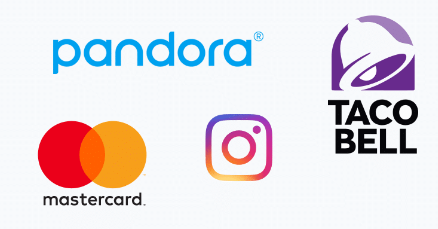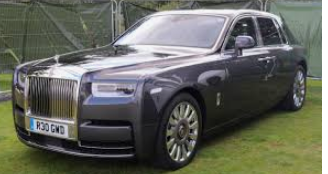Everyone loves a good makeover, whether it’s a house, a wardrobe, or (in this case) a rebrand. There’s just something irresistible about that before and after a moment. For us, rebrands are especially exciting because they take such an enormous amount of work. Why? Because beautiful rebrands aren’t really a design challenge; it’s a communication challenge—one that requires you to use every asset available to reinforce your brand story with thought, care, and intention.

Luckily, this brought us a whole new batch of rebrands to geek out over. And because we’re pretty sure you can’t resist them either, we thought we’d share some of our favorites with you to close out the year.
Whether you’re gearing up to rebrand or just a fan of great work, we’ve rounded up 10 rebrands from all corners of the web. From print magazines to pain relievers, we hope you find a little creative inspiration in each.
Fast Company
After having rebranded in 2018, Fast Company wasn’t ready for a massive rebrand, but they were eager to realign their visual identity to the brand’s three visual principles: sophisticated, playful, and gender-neutral.
Thus, the design team embarked on a mission to anchor their visual language through subtle changes. They moved away from aggressive all-caps headers, added iconography to distinguish sections, included a fluctuating design for page numbers, and introduced a more playful element. The result? A refreshing update that keeps the brand true to its core values.
Rolls Royce
How do you take a brand built on elegance and wealth (one basically made for the Monopoly Man) and give it a younger, hipper, fresher look? That was exactly the challenge the luxury carmaker faced with their 2020 rebrand.

Pentagram led the charge by balancing a sleeker, more modern look with nods to the brand’s history. They updated the Spirit of Ecstasy emblem and refined the brand’s iconic double-R monogram. To modernize the color palette, they leaned toward more gender-neutral tones but retained the regal spirit of the brand through rich purple hues and rose gold. And for typography, they turned to Elegant Riviera Nights, featuring beveled edges that add sophistication and style.
Overall, it’s a beautiful rebrand that welcomes younger generations into the lap of luxury.
Medium
Medium is a global platform that reaches 170 million readers, but they felt limited by their current identity. As part of their shift to facilitate more dialogue between readers and writers, they needed a creative, flexible language that would evolve with the brand and allow designers to depict an array of ideas. To achieve this, Medium tapped Collins to tackle their rebrand.
